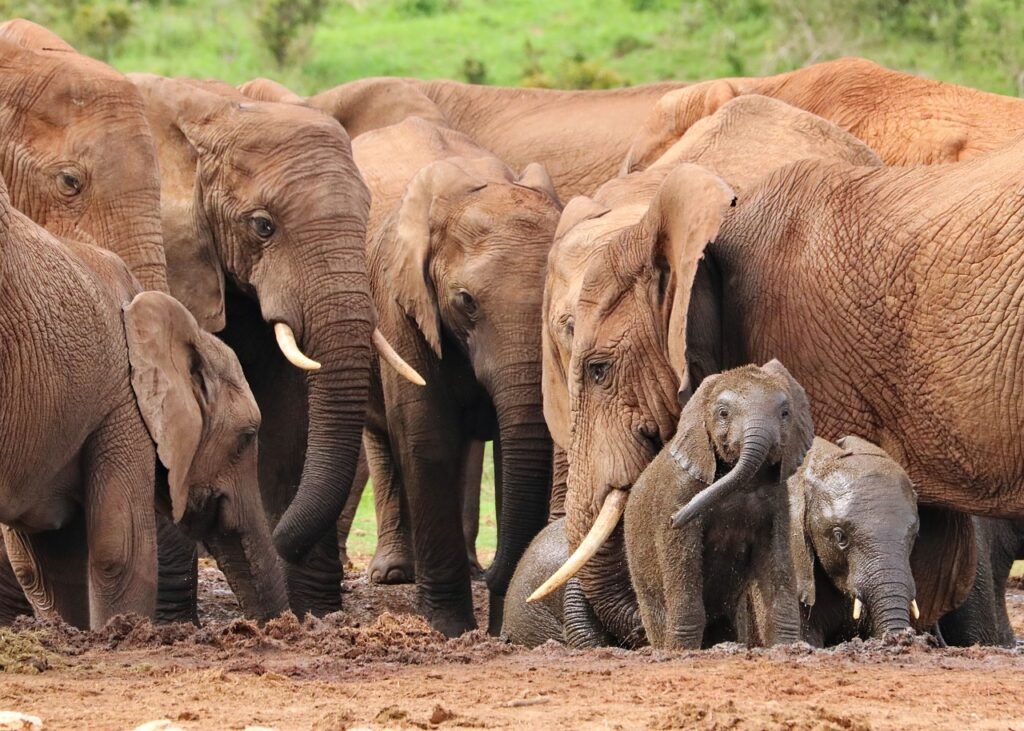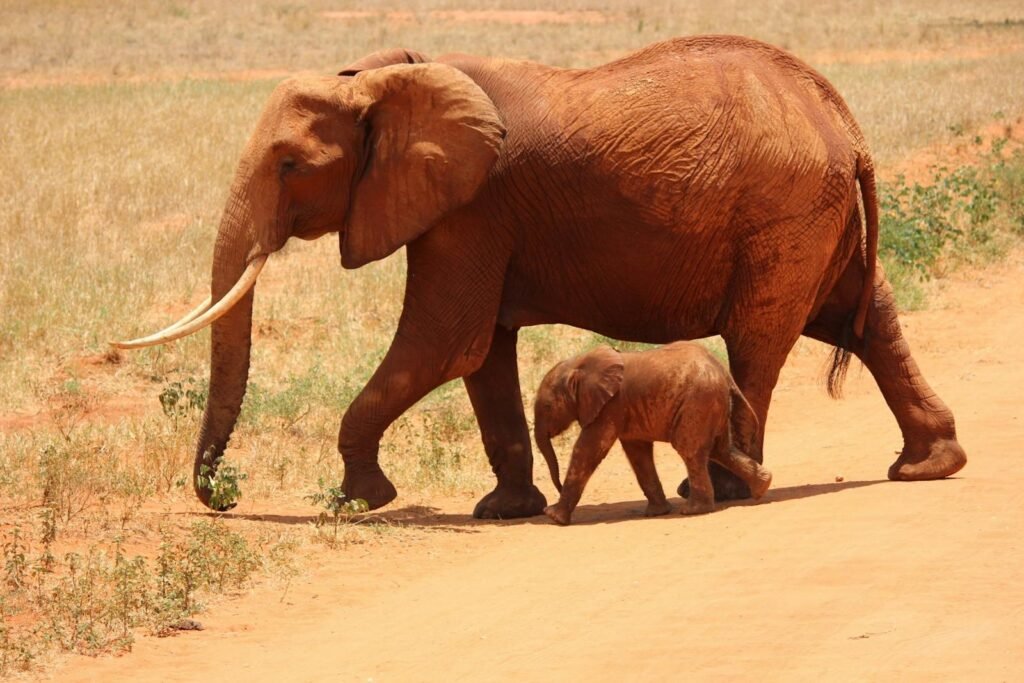Elephants, Earth’s largest land mammals, have long captivated human fascination with their majestic appearance and remarkable characteristics. However, it is their incredible intelligence and emotional depth that truly sets them apart in the animal kingdom. This article delves into the intriguing world of elephants, exploring their cognitive abilities, social structures, and emotional capacity.
Elephant Intelligence: More Than Just a Big Brain

Elephants possess one of the largest brains among land animals, weighing approximately 5 kilograms (11 pounds)—three times heavier than a human brain. This substantial brain size is not merely an anatomical feature; it translates into exceptional cognitive functioning. Researchers have discovered that elephants exhibit behaviors reflecting problem-solving skills, tool use, and advanced memory capabilities.
For instance, elephants have been observed using sticks to scratch themselves and fashioning branches to swat flies, showcasing their ability to utilize and manipulate tools. Additionally, they possess a remarkable memory, enabling them to recall water sources and migratory routes over long distances, even after several decades. This memory is crucial for their survival in the wild.
Social Structures: The Friendship Bonds of Elephant Herds

The social complexity of elephants further highlights their intelligence. Elephants form tight-knit family groups led by a matriarch, typically the oldest and most experienced female. These herds have intricate social structures, with individuals assuming different roles that contribute to the group’s overall well-being.
Communication within the herd is sophisticated, involving a combination of vocalizations, body language, and seismic signals. Elephants use low-frequency rumbles that can travel long distances and detect vibrations through their feet, allowing them to communicate effectively even when miles apart.
Emotional Depth: Joy, Grief, and Empathy

Elephants are often celebrated for their emotional depth, evidenced by their ability to express a wide range of feelings. Joy is prominently displayed during social interactions, where elephants play, trumpet excitedly, and exhibit clear signs of contentment.
One of the most profound demonstrations of elephant emotionality is their response to death. Elephants have been observed engaging in behaviors that resemble mourning rituals, such as staying near a deceased herd member, gently caressing the bones, and appearing visibly distressed. These actions suggest a sense of loss and mourning, underscoring their capacity for grief.
Additionally, elephants demonstrate empathy, showing concern and care for others. Anecdotal evidence and studies indicate that elephants will assist injured herd members or console individuals in distress. These behaviors reveal that their social bonds extend far beyond mere survival.
Conservation Concerns: Protecting These Intelligent Giants

Despite their remarkable intelligence and emotional capabilities, elephants face significant threats from habitat loss, human-elephant conflict, and rampant poaching driven largely by the ivory trade. These challenges have led to a severe decline in elephant populations across Africa and Asia.
Conservation efforts are essential to ensuring the survival of these majestic creatures. Sustainable practices, anti-poaching initiatives, and habitat restoration programs are being implemented worldwide to protect elephants and preserve their natural environments. Raising awareness and minimizing human-wildlife conflict are critical strategies for conserving elephant populations for future generations.
Conclusion

Elephants, with their extraordinary intelligence and profound emotional depth, remind us of the complexity and beauty of life in the animal kingdom. Understanding and appreciating these magnificent creatures deepen our knowledge of animal behavior and highlight the urgent need for conservation. Protecting elephants is not just about preserving biodiversity; it is a testament to our responsibility to safeguard the planet’s natural heritage.




